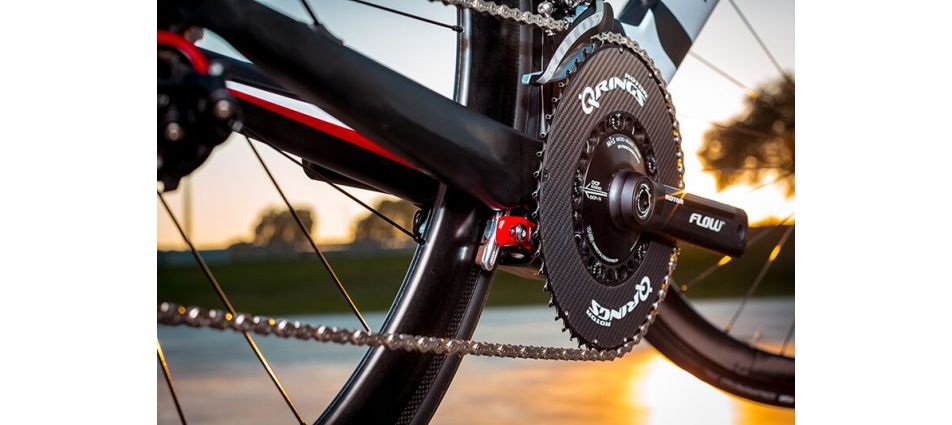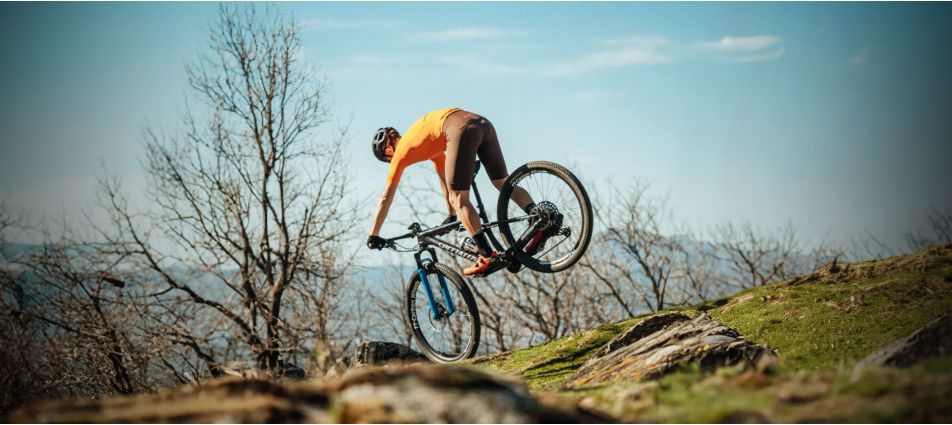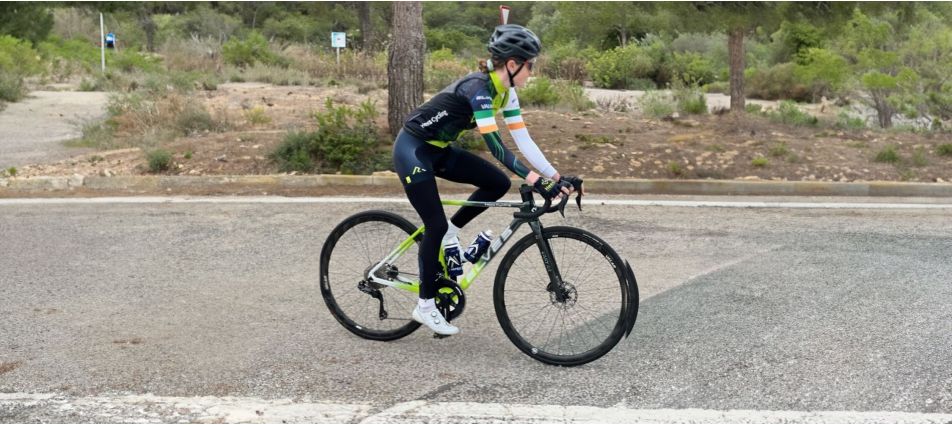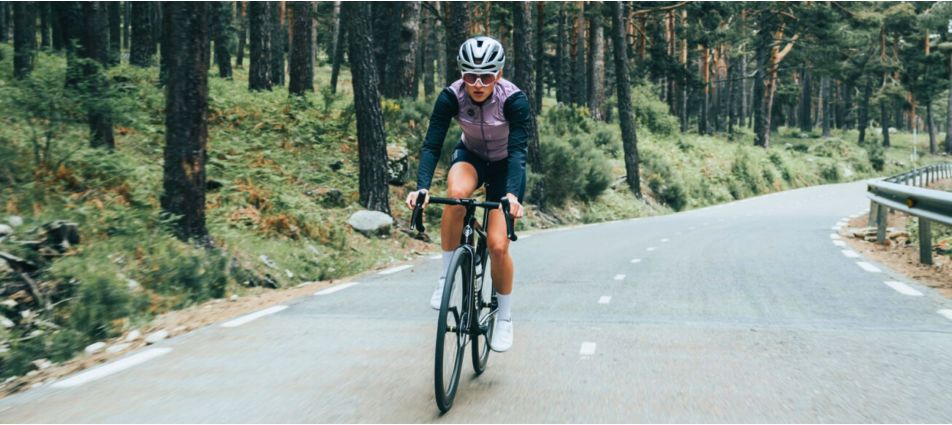Setting your Optimum Chainring Position (OCP)
Switching from using round chainrings to ROTOR´s Q-Rings is easy, but it does require some initial setup followed by a transition period for full adaptation.
Why Q?
Optimum Chainring Position (OCP) is what allows you to vary the rotational position of a Q-Ring, thereby enabling you to adjust it to the precise point where you deliver maximum power during a single pedal rotation.
ROTOR suggests the following initial OCP setups by discipline:
- ROAD: Position 3
- TRIATHLON AND TT: Position 4
- MTB: Position 3
Because Q-Rings use leg muscles differently than round chainrings, your muscles will need time to adapt to the new, more efficient way of pedalling. Adaptation is a gradual process covering four stages with each stage taking between one day and one week. Most riders will require at least 10 hours of pedalling time to make the full transition.
- STAGE 1
In stage 1, you will learn to pedal more efficiently. Pedalling may initially feel different, and you may find yourself turning the pedals at a faster or slower rate than your usual cadence. Don´t worry about any initial jerkiness – it will smooth out over time.
- STAGE 2
You will start to feel more capable and more powerful in stage 2, and your spin will improve on climbs. Many who suffer knee pain will start to notice it less – assuming their OCP is correctly adjusted.
- STAGE 3+4
Stage 3 will bring improved biomechanical efficiency, which produces a smoother pedal stroke due to fuller activation of muscle groups. You will be creating more power than with round chainrings. If you experience no issues during this stage, you have correctly set your OCP and are onto Stage 4 of adaptation. Those encountering issues should read on for further OCP settings instructions.
If you experience the following symptoms, you are arriving at the max chainring diameter too late because your OCP number is too big, and you should reduce your OCP by one setting:
- You accelerate and sprint easily, but have difficulty maintaning speed.
- You feel pedalling resistance too late in your pedal stroke and/or you are hyperextending your ankle.
- You need a lower cadence to be comfortable.
- Your sit further forward than usual to pedal comfortably.
- You are comfortable pedalling while standing, but not while seated.
- You have new pain at the back of your leg behind your knee.
On the other hand, if your OCP is set too low, you will find yourself arriving at the max chainring diameter too soon during your pedal stroke. You should increase your OCP setting by one if you experience the following:
- You find it easy to maintain a steady speed but have difficulty accelerating and sprinting.
- You feel pedalling resistance too early in your pedal stroke and/ or you are hyperflexing your ankle.
- You need a higher cadence to be comfortable.
- You sit further back than usual to pedal comfortably.
- You are comfortable pedalling while seated, but not while standing.
- You have a new pain at the front of your knee.
Once you´ve got your OCP correctly adjusted, it´s time for stage 4 and final adaptation, which comes naturally with more cumulative pedalling time using Q-Rings.
A few final setup notes
Different bikes may need different OCP´s - don´t assume you will use the same position on each of your bikes.
Adjacent chainrings in multi-ring setups may require different OCP´s
Road Q-Rings and QXL have five OCP points while MTB Q-Rings have three OCP points.
If you are using a Micro Adjust Spider (MAS), your number of OCP points is effectively doubled because it reduces the angle between OCP points by 2.5 degrees, thereby offering micro adjustments. In this case, you should adjust your OCP in 1/2-step increments.




